It’s all too easy for a simple workshop job to escalate into a time-consuming odyssey.
We’ve all been there. From rounding a bolt or taking on a job that’s deceptively hard to simply misplacing a tool, bike maintenance can quickly become frustrating.
To ease your maintenance woes, we’ve put together a list of 15 common home maintenance mistakes so you can avoid any unneeded trips to the bike shop.
1. Reaching for the limit screws first when adjusting gears
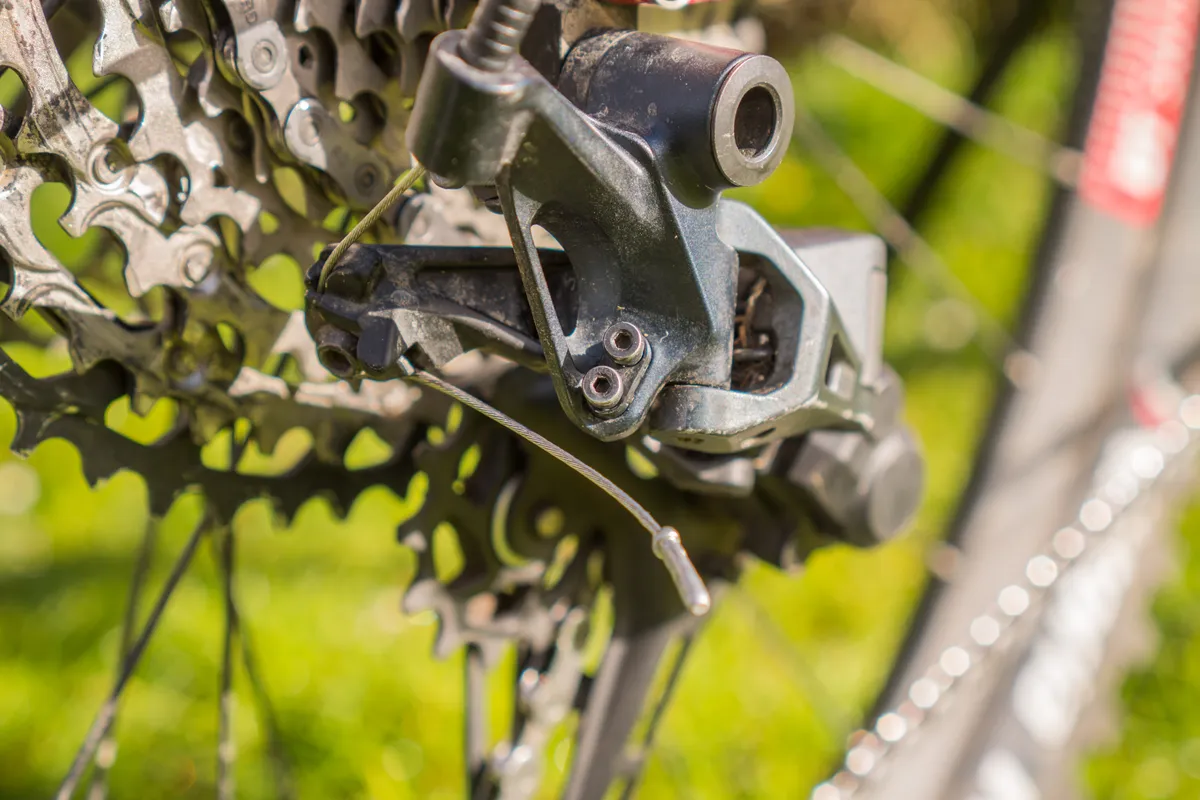
There are many variables to check when adjusting or indexing gears. While it might be tempting to reach for the limit screws, this isn’t the best place to start.
The limit screws prevent the rear derailleur from shifting the chain into the spokes or into the driveside chainstay. Provided they have been set up correctly and the derailleur hanger is not bent, in theory they will not need adjusting.
If your gears aren’t shifting optimally, checking the cable tension should be your first port of call. It’s also worth checking the condition of the cables for any fraying, or kinks or tears to the outers.
2. Not looking after your chain properly
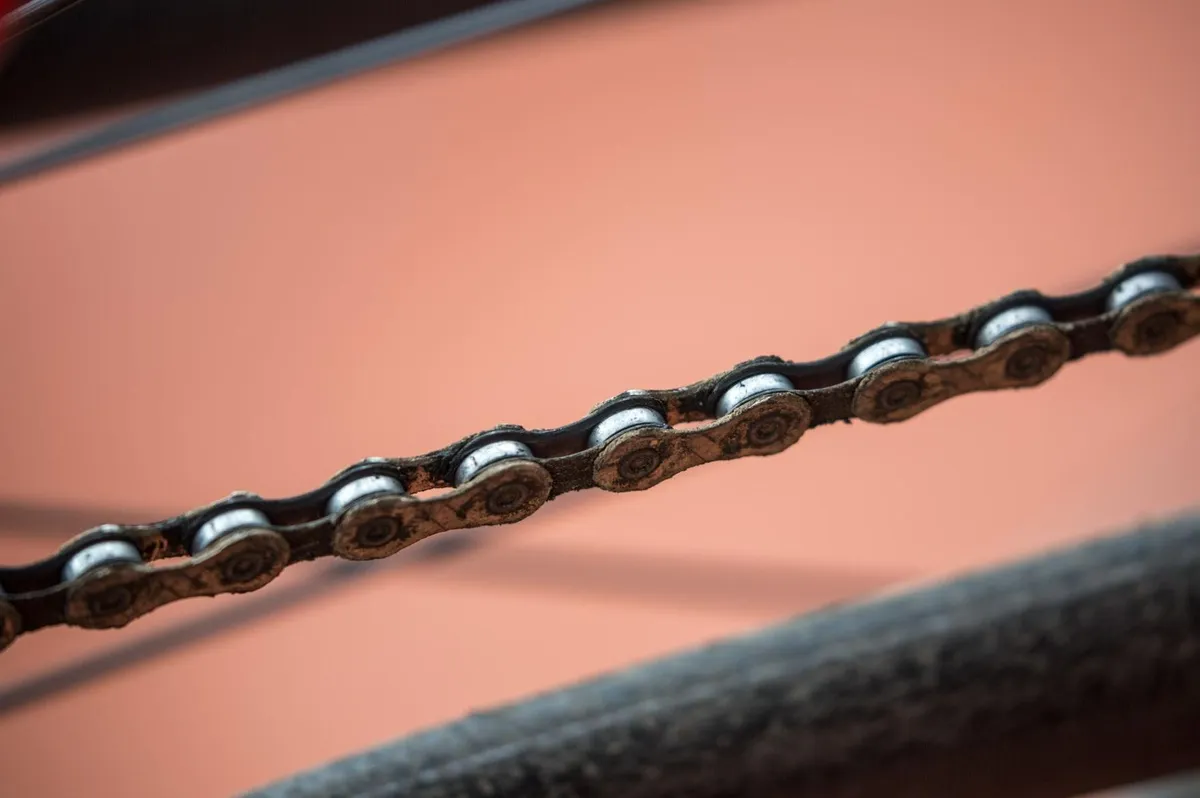
The chain is one of the most critical components on your bike, so it’s worth looking after.
If you get into the habit of cleaning your chain regularly, your drivetrain will run smoothly and you’ll decrease the rate of chain wear.
It’s best to use a specific chain degreaser and chain lubricant for optimal results when looking after your chain.
3. Incorrect chain length or orientation
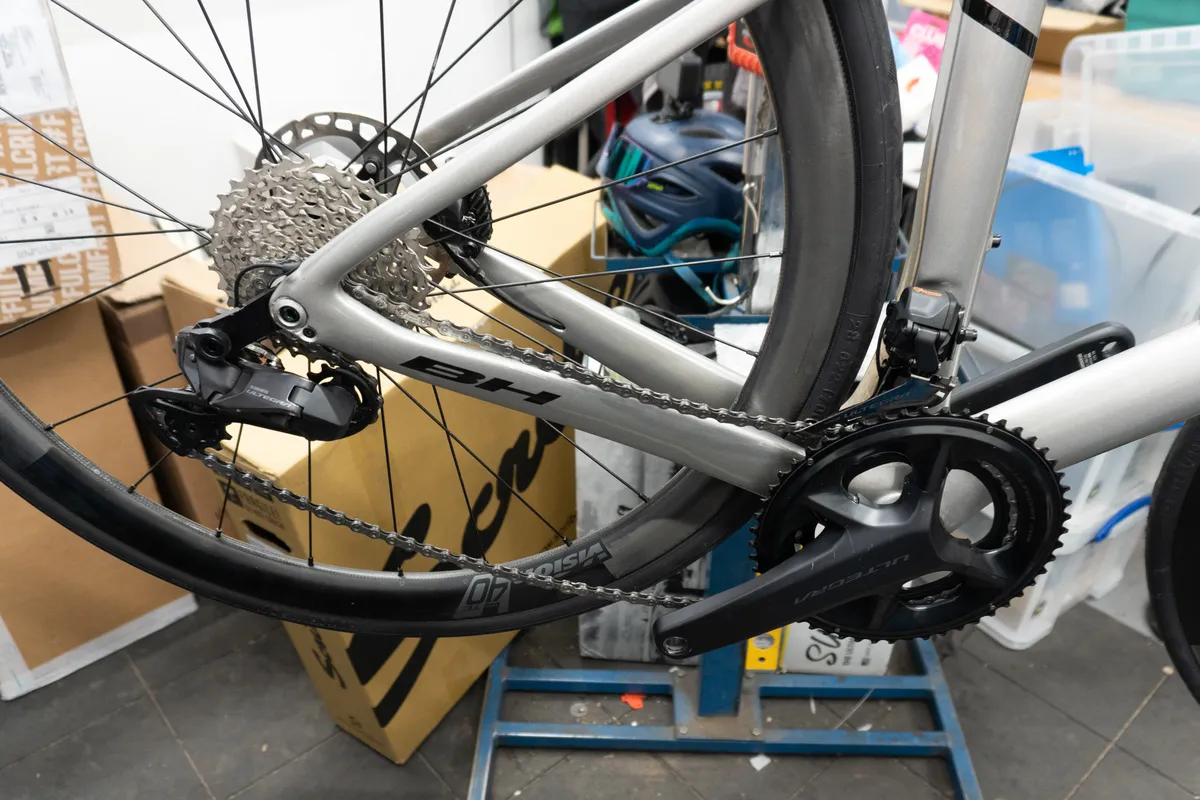
Sticking with chains, it’s important to install them correctly.
If the chain has been cut too short, you will struggle to shift into the largest cassette cog. The chain will likely snap and it can even rip the rear derailleur off as the chain puts too much strain on it.
If the chain is too long, it will sag or droop when using the smaller cassette cogs. This will make shifting less precise and the chain will contact the driveside chainstay.
When replacing a bicycle chain, it’s worth making sure the chain is installed in the correct orientation.
Some chains are designed to only be installed in one direction and it’s worth paying particular attention to the quick link, too. Again, the wrong orientation can lead to poor shifting and an increased risk of the chain snapping.
4. Riding with a poorly adjusted headset
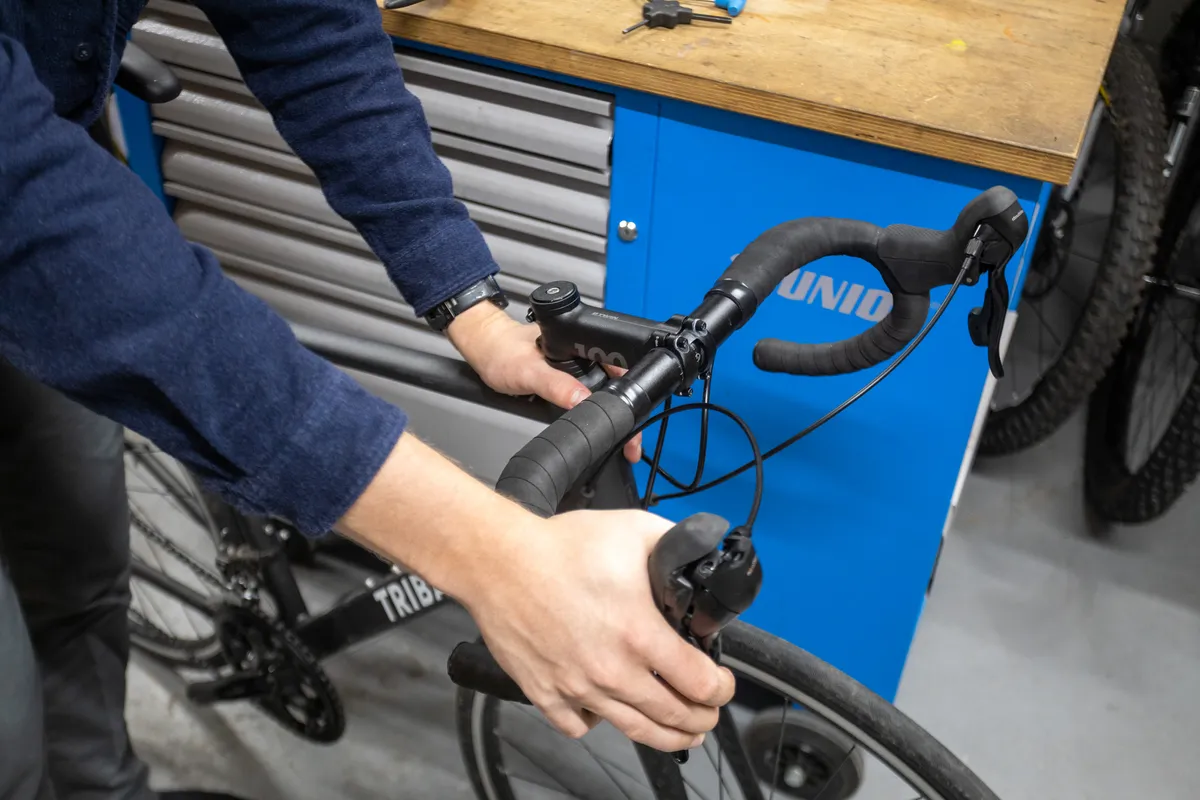
If your bike’s headset is too lose, it can lead to a variety of problems.
If you can feel play or knocking when you apply the front brake and rock the fork back and forth, your headset is loose.
At best, this translates to poor steering, but at worst the knocking headset can cause severe damage to your fork steerer tube, particularly if it is carbon.
Carbon fibre cannot withstand abrasion and, over time, a loose headset bearing can start to wear away at the material, potentially causing catastrophic failure.
5. Quick-release skewers loose and in the wrong orientation
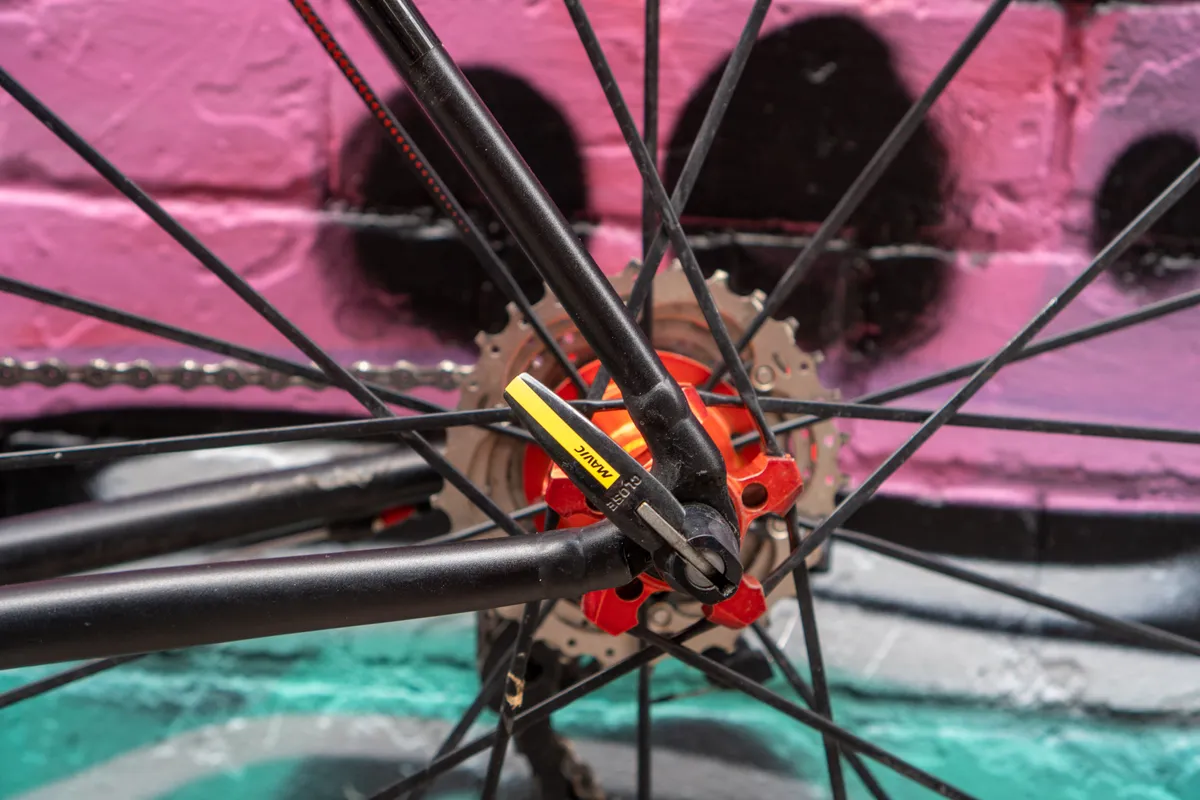
It’s common for the quick-release skewers to be installed too loose, too tight or in the wrong orientation.
A quick-release skewer shouldn’t require a Herculean effort to close – it should require enough tension that the lever leaves a slight imprint in the palm of your hand.
Quick-release skewers should also be oriented correctly.
The skewer handle should always be on the non-driveside of the bike (the only exception being a handful of disc brake frames with levered thru-axles that install from the driveside).
The handle should be positioned slightly past the fork blade in the direction of the drivetrain. On the rear, it should bisect the non-driveside chainstay and seatstay.
If the skewer is pointing forward or downward on the front, or towards the floor or back of the bike on the rear, you run the risk of it opening accidentally if you hit an obstacle or if another rider’s wheel gets caught in the skewer.
And never position the skewer against the fork or frame because it will make opening it again in the future a very difficult task.
6. Under- or over-inflating tyres
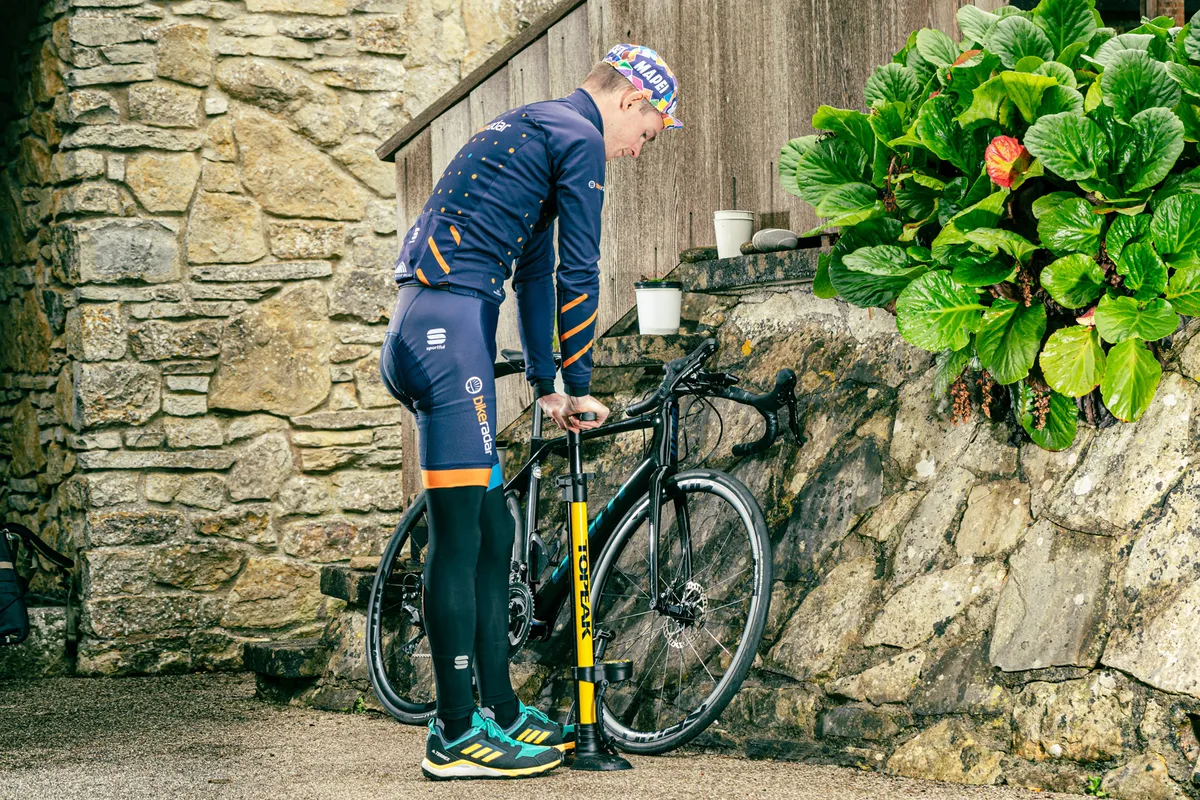
Riding with under- or over-inflated tyres is another common error. Too high and you’ll feel every vibration on the road or trail; too low and you’ll run the risk of punctures, compromised handling and a sluggish ride.
If you’re unsure on what pressure to inflate your tyres to, there will be a suggested range printed on the sidewall.
It’s a good idea to invest in one of the best bike pumps, because they will feature a gauge for precise inflation. It’s worth checking the tyre pressure before every ride. If you’re not sure what tyre pressure you should run, you could take a look at a tyre pressure calculator (we like Silca’s).
7. Under- or over-tightening bolts
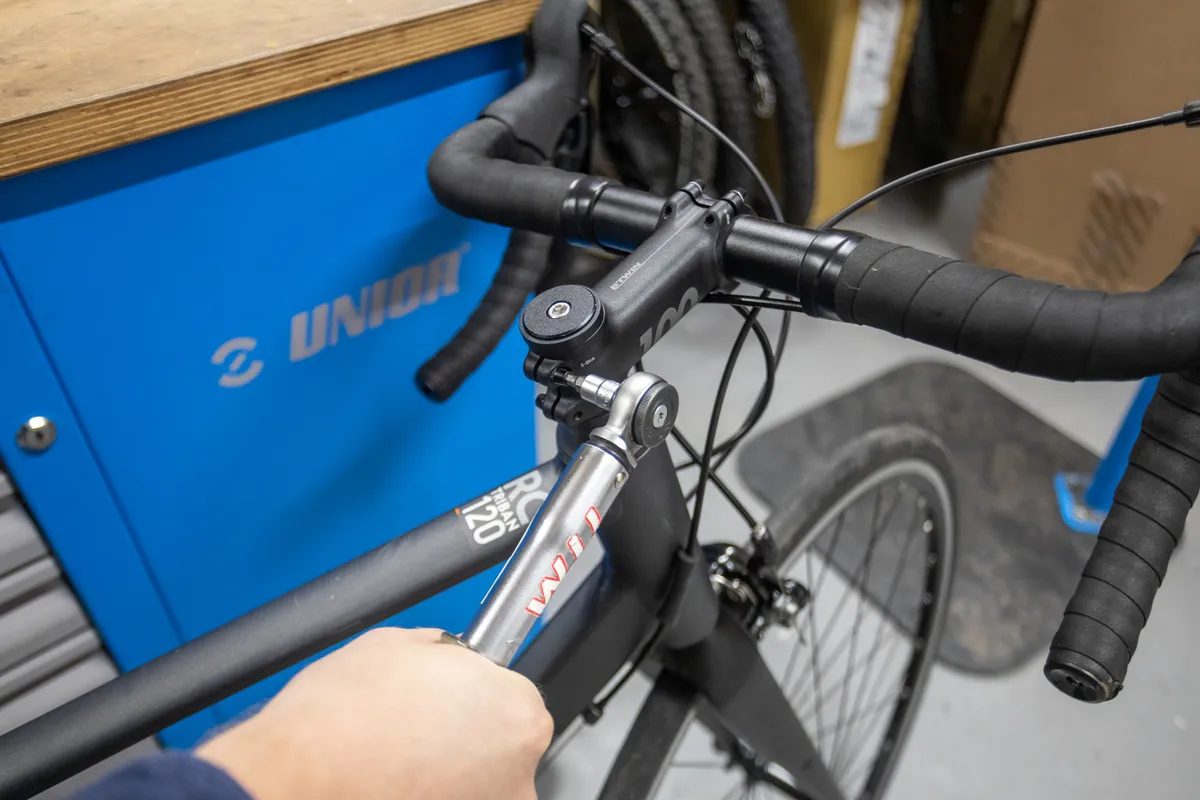
Modern bicycles are subject to tight tolerances and the bolts that secure the various components need to be fastened correctly.
If a bolt is too loose or too tight, you run the risk of failure.
It is best to use a torque wrench whenever you adjust a bolt, particularly if the component or the surface it is clamping onto is carbon fibre. Carbon fibre, in particular, doesn’t like to be over-clamped and will fracture if over-tightened.
Many manufacturers list a recommended torque next to the bolt – do not exceed this.
It’s also worth ensuring any and all fasteners are sufficiently prepared with grease, threadlock or anti-seize, as per the manufacturer's instructions.
8. Removing pedals with the outer chainring exposed
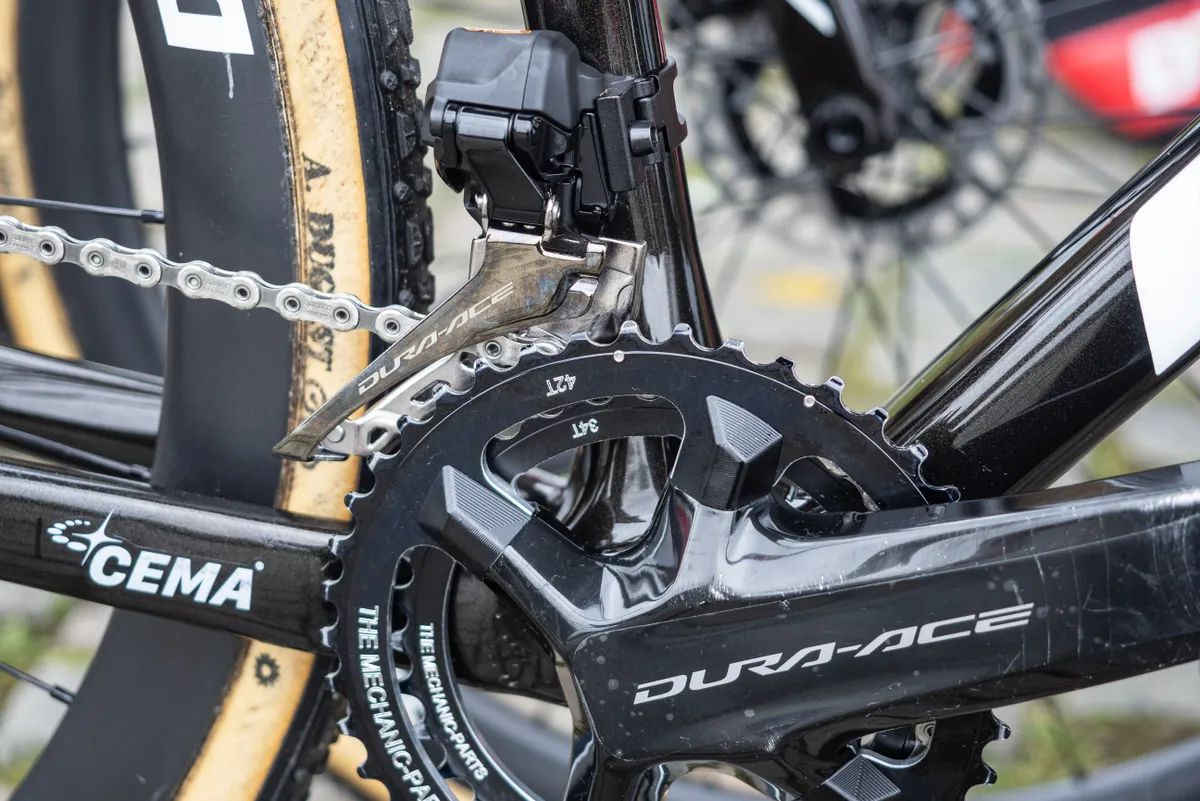
When you fit, remove or change bike pedals, it’s a good idea to have the chain in the biggest chainring.
Having the chain cover the sharp teeth of the chainring can help avoid any painful, knuckle-skinning experiences.
9. Not greasing pedal threads or over-tightening them
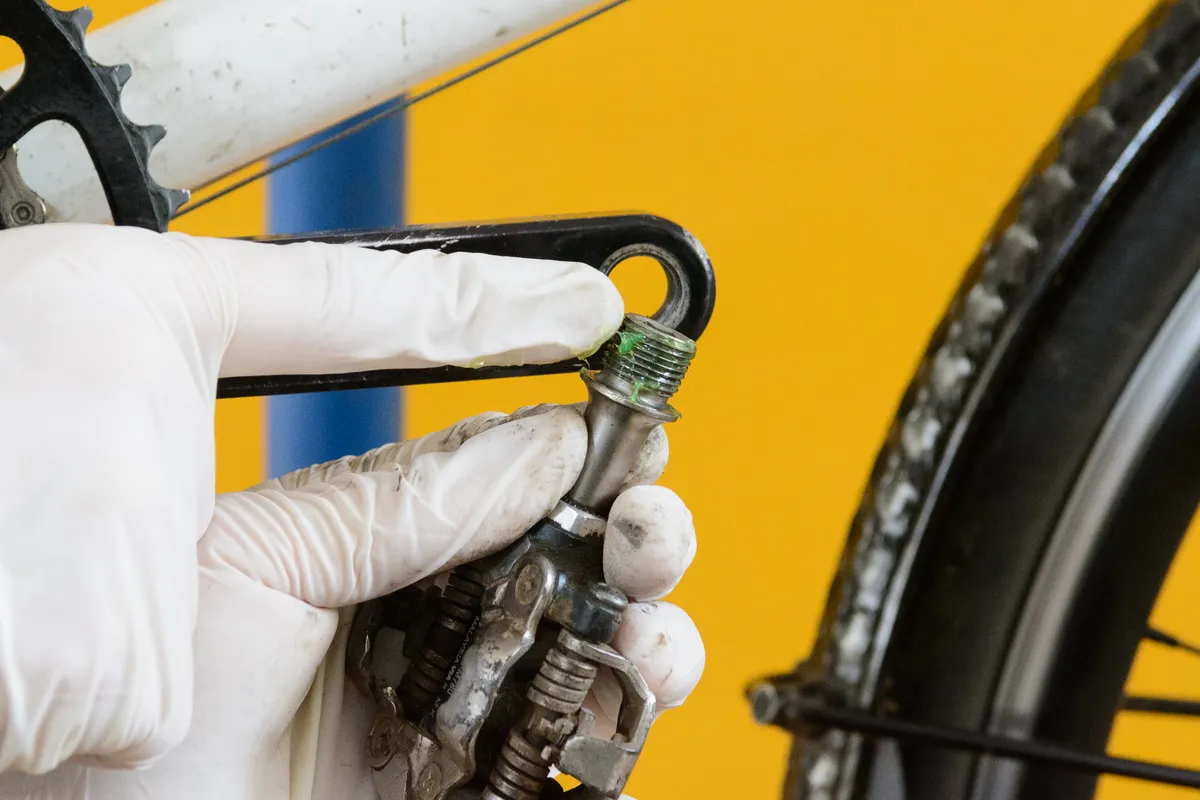
Sticking with pedals, make sure you apply some anti-seize to the pedal threads prior to installation.
If you don’t grease them, you’ll likely find it impossible to remove them in the future because they can seize in place.
It’s also critical to not over-tighten pedals, because the act of pedalling effectively tightens them.
10. Neglecting your seatpost
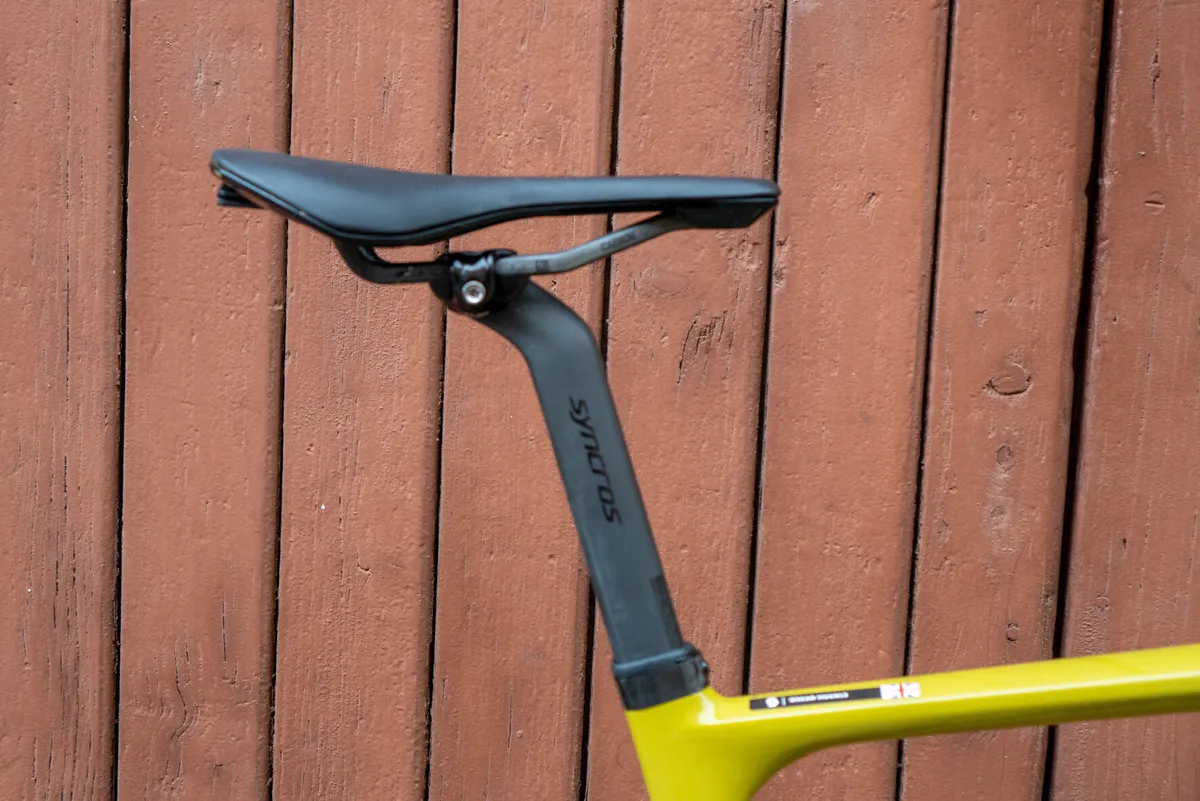
A seized seatpost can spell all manner of trouble. It’s an easy component to forget about, given you rarely need to adjust it once you’ve correctly set your saddle height.
In the worst-case scenario, you’ll need to enlist the specialist services of a seatpost removal company (yes, these actually exist).
It’s best to remove the seatpost twice a year and give it a clean. If the seatpost and frame are metal, make sure you apply some anti-seize during installation. If any of the components are carbon fibre, you’ll need to use carbon fibre grip instead.
11. Resting a bike on its driveside
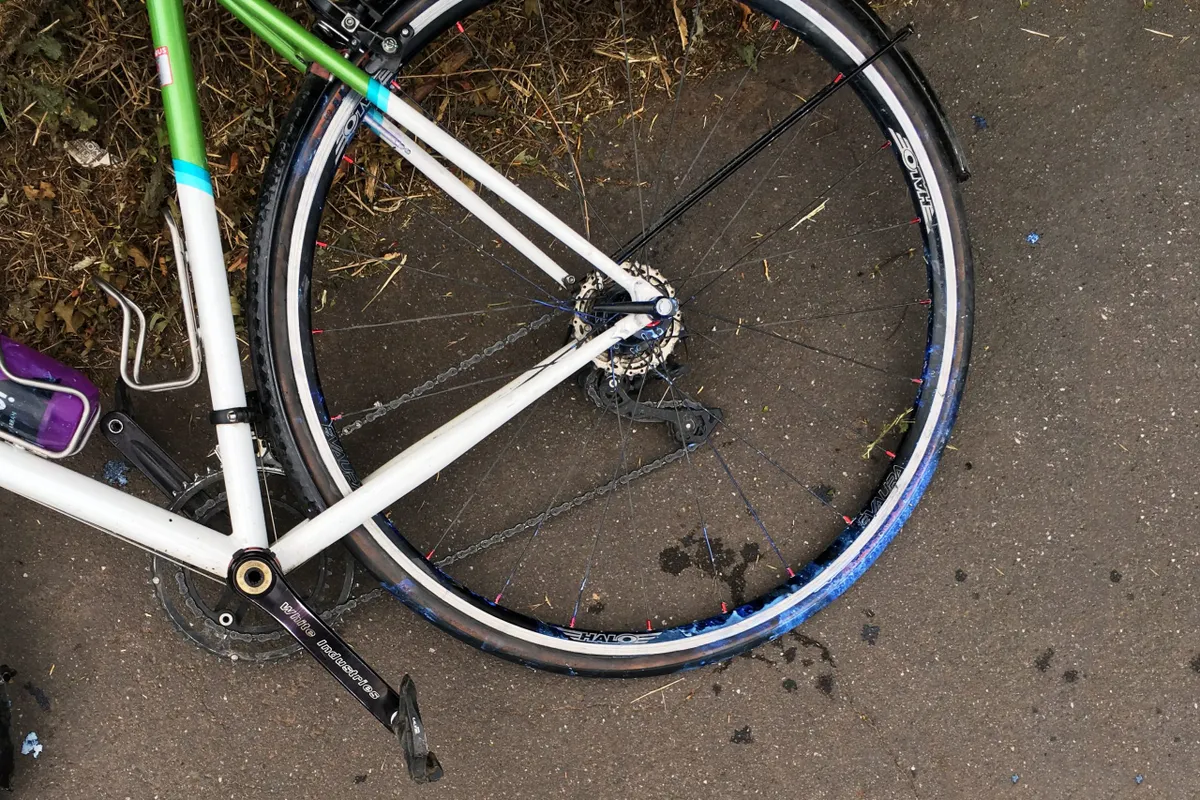
If the bike is leaned on the driveside, there’s an increased likelihood of the derailleur hanger bending.
The derailleur hanger is a sacrificial part in between the frame’s dropout and rear derailleur and is designed to bend or break to save your frame.
If a derailleur hanger is bent, it can lead to poor and inaccurate shifting, with the chain potentially derailing into the spokes or driveside chainstay.
12. Not replacing bar tape
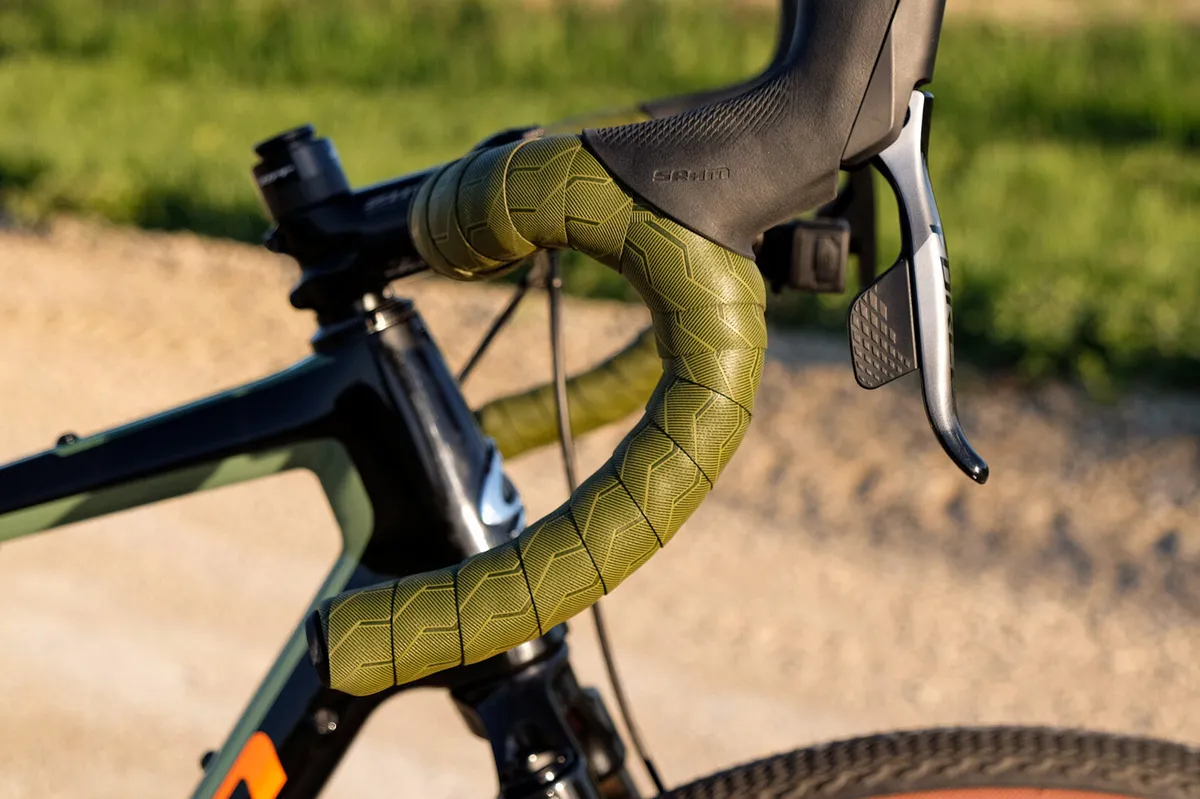
Regularly replacing your handlebar tape may not seem like an important maintenance job, but if you ride frequently or you’re into indoor cycling, it’s wise to do this once or twice a year.
If your handlebar is metal, the salt in your sweat can lead to oxidisation. In extreme cases, it’s not unheard of to witness handlebars failing due to corrosion.
By removing your old bar tape, you can periodically inspect your handlebar, and you’ll also avoid the thoroughly unpleasant task of unravelling crusty old tape.
13. Riding without bar end plugs
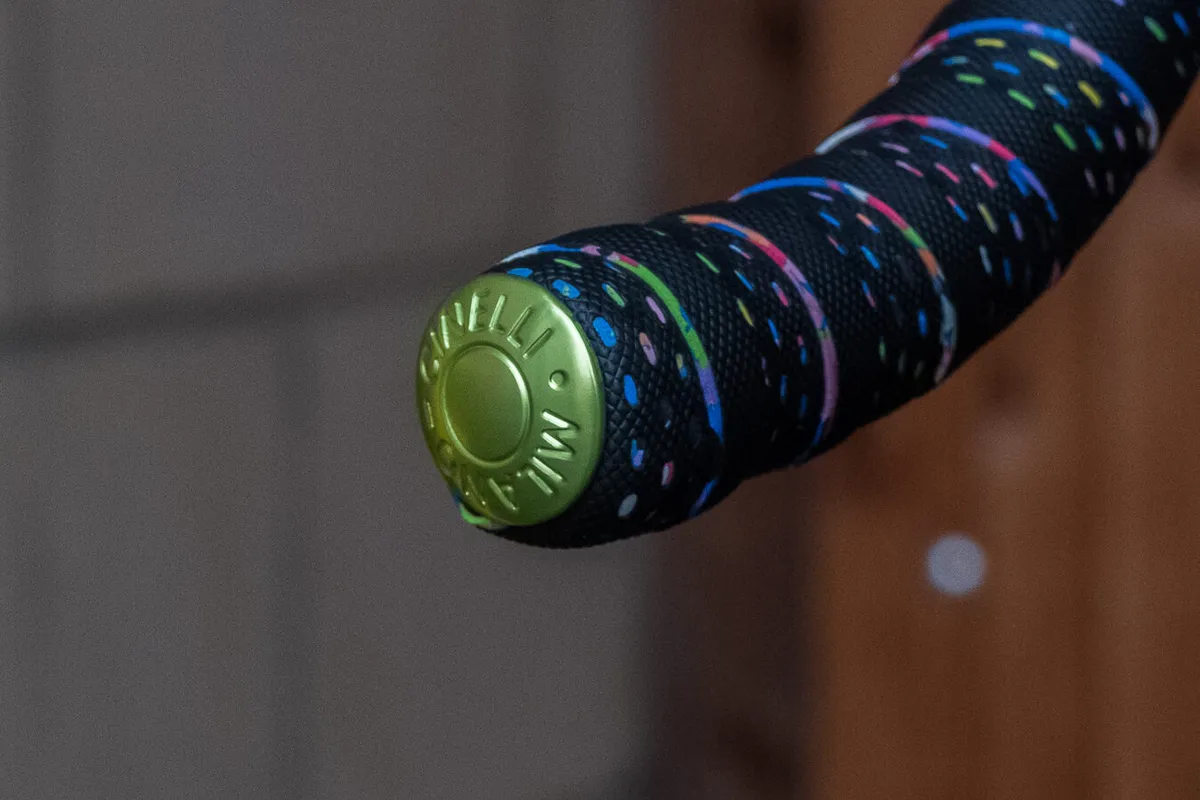
Whether you have a drop handlebar or a flat mountain bike handlebar, we really can’t recommend riding with bar end plugs enough. These are a safety feature and not simply cosmetic.
If you were to fall off when cycling, an unplugged handlebar end will effectively act as a cookie cutter into your sternum, or worse.
If your bar end plug falls out regularly, you could try applying some double-sided tape on its inside. Alternatively, you can upgrade to one that clamps in place with an expanding bung.
14. Not servicing suspension
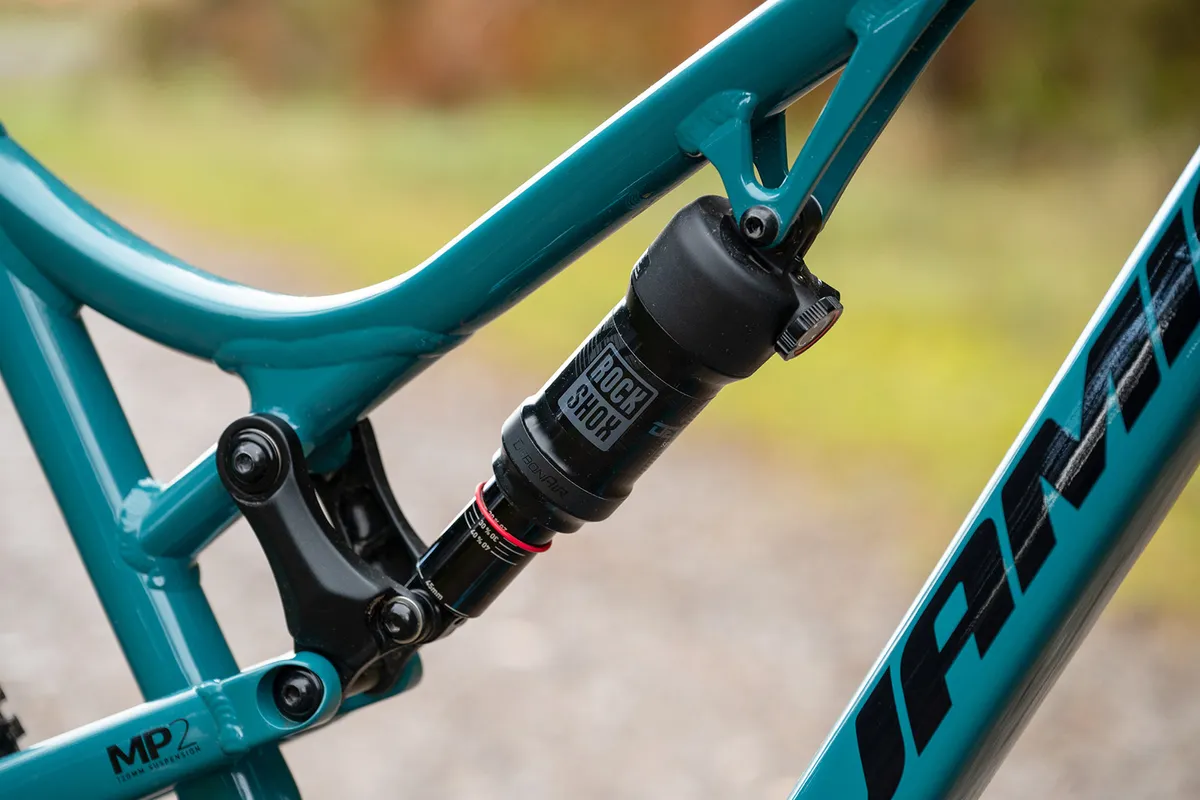
Suspension requires regular servicing to perform in tip-top condition.
The components that make up the fork or shock are always moving when you ride, and the oils and seals should be kept fresh and clean.
Servicing suspension stops any grit and grime that’s made its way into your shock or fork from causing any damage.
Suspension manufacturers include recommended specific service intervals, so it’s well worth keeping a note of when you should next give your suspension some TLC.
15. Using poor-quality tools
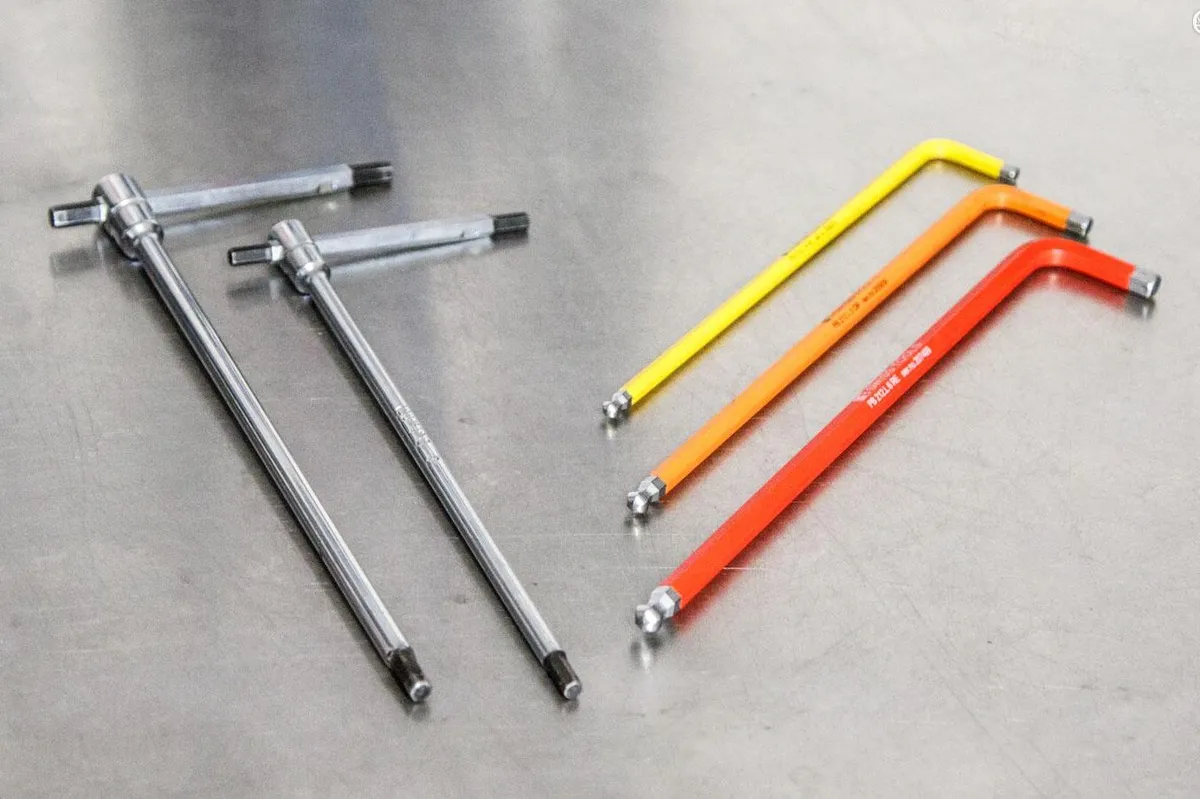
The age-old adage “Buy cheap, buy twice” couldn’t be more true in the world of bicycle tools.
A worn or poor-quality tool could lead to rounding a bolt, marring an interface, even breaking a component or the tool itself.
Higher-quality tools will be manufactured to tighter tolerances, ensuring a snug and precise fit for the relevant job at hand.
What other maintenance mistakes have you made? Let us know your maintenance mishaps in the comments.
